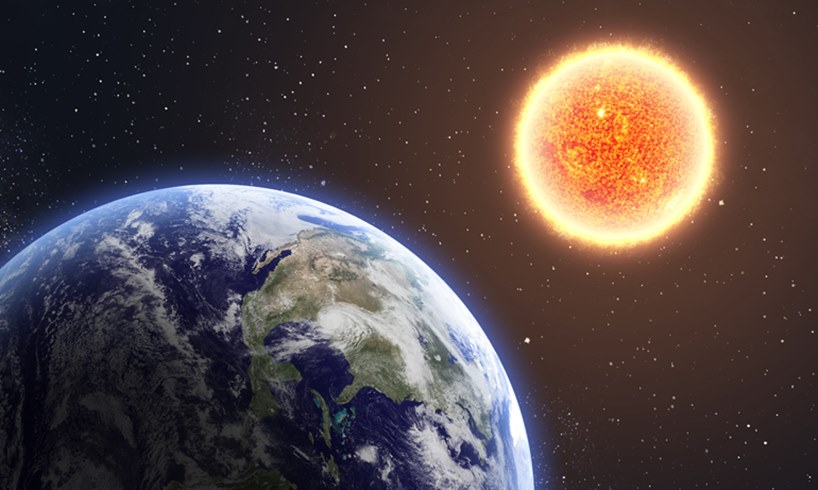
It seems like humans are not the only ones going on lockdown. Scientists have revealed some somewhat troubling news — the sun that human beings and all other living things on earth so desperately need is heading to its own lockdown, and the consequences could be horrific.
Experts have revealed that the star at the center of the Solar System is heading to what is called a “solar minimum,” which means that the activity on its surface has dipped dramatically.
The sun’s sudden lockdown could lead to some horrific natural disasters all over the world. According to Dr. Tony Phillips, a professional astronomer and science writer, the sun’s decrease in activity could cause freezing weather, earthquakes, and famine for the earth’s 7.8 billion people and its 8.7 million animal species.
The experts have concluded that the sun, which has a nearly perfect sphere of hot plasma, is on a period of decreased activity because it has entered the deepest period of sunshine “recession” ever recorded.
The sunspots, (that are temporary phenomena on the sun’s photosphere, which appear as spots darker than the surrounding areas), have virtually disappeared.
Phillips, who spoke about the matter, explained that the sun is the most important source of energy for life on earth. He said the “Solar Minimum is underway, and it’s a deep one,” and went on to say: “Sunspot counts suggest it is one of the deepest of the past century. The sun’s magnetic field has become weak, allowing extra cosmic rays into the solar system.”
The expert further revealed: “Excess cosmic rays pose a health hazard to astronauts and polar air travelers, affect the electro-chemistry of Earth’s upper atmosphere, and may help trigger lightning.”
NASA scientists and other experts fear that the activity on the fiery ball of hot gas’ surface slipping could lead to a repeat of the events that took place during the Dalton Minimum that caused lower-than-average global temperatures.
Experts believe that the Dalton Minimum lasted from about 1790 to 1830 or 1796 to 1820, during which the world was hit with one natural disaster after another.
During those periods of low solar activity where temperatures plummeted by up to 2C, there was significant crop loss, which led to great famine and caused powerful volcanic eruptions.
On April 10, 1815, the second-largest volcanic eruption was recorded in the world’s 2000 year history. The explosion of Mount Tambora in the Dutch East Indies (now Indonesia) left 71,000 people dead.
It also caused the 1814 eruption of Mayon in the Philippines. During the severe climate abnormalities, there was a variation of temperature of about 1 °C in Germany.
In China, the climatic aberrations killed trees, rice crops, and even water buffalo. The minimum solar led to the Year Without a Summer in 1816 — also known as the “Poverty Year and Eighteen Hundred and Froze To Death.”
Other experts say that it is natural for the sun to enter a chill period, (lack of activity and fewer sunspots), at the end of a solar cycle, which is every 11 years, and people should not panic.
These scientists say that based on data collected from the past 1,000 years, there is nothing irregular or abnormal about the sun’s activity.






